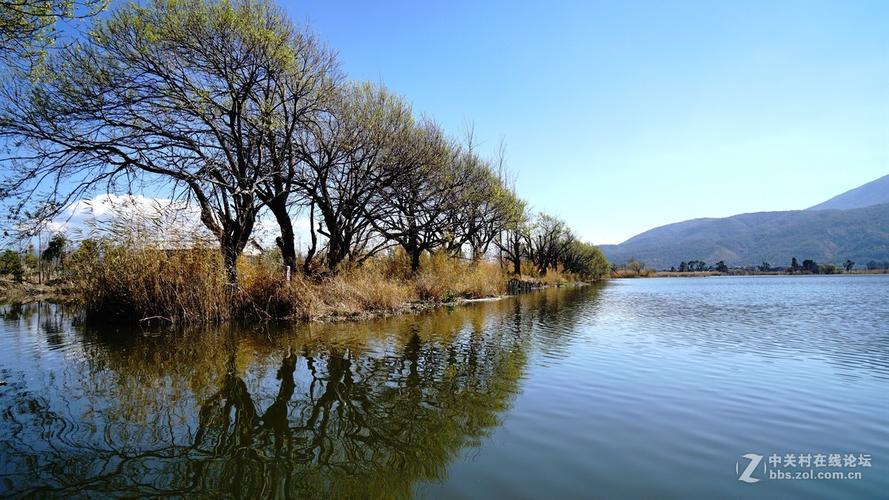Preserving the Rich Vietnamese Cultural Heritage: A Look into Ancient Traditions and Customs
Vietnam is a country with a rich and diverse cultural heritage. Its ancient traditions and customs are part of its identity and attract thousands of tourists every year. However, preserving this cultural heritage has become a crucial matter, as many traditions and customs are at risk of disappearing. In this article, we will take a closer look at some of the most ancient traditions and customs in Vietnam and discuss the importance of preserving them.
Ancient Vietnamese Traditions
Vietnam’s history is a long and complex one, full of myths, legends, and heroes. Ancient Vietnamese traditions were heavily influenced by Confucianism, Taoism, and Buddhism, which shaped the moral and ethical values of the people. One of the most famous traditions in Vietnam is the Lunar New Year celebration, also known as Tet. Tet is a time for families to reunite and offer thanks to their gods and ancestors. It is a five-day celebration that includes traditional food, music, and dance.
Another ancient Vietnamese tradition that has survived for centuries is the art of calligraphy. Calligraphy is a highly respected art form in Vietnam, and its practitioners are considered to be among the most educated and cultured people in society. Calligraphy uses brushes and ink to create intricate characters on paper, and its beauty lies in its ability to convey both written language and art.
Preserving Ancient Customs
Preserving ancient customs in Vietnam is crucial to maintaining the country’s cultural identity. One such custom is the wearing of the Ao Dai, Vietnam’s national dress. The Ao Dai is a long, flowing dress that is made of silk or cotton and is often wore on formal occasions. However, wearing the Ao Dai is becoming less common, especially among the younger generation. To preserve this custom, there have been efforts to promote the Ao Dai and encourage people to wear it more often.
Another ancient custom that is at risk of disappearing is the art of making traditional incense. Incense has been used in Vietnam for centuries to ward off evil spirits and attract good luck. However, the art of making incense is a dying one, as the younger generation is more interested in modern technology than ancient customs. To preserve this custom, there have been efforts to teach young people the art of making incense and promote its traditional use.
Conclusion
Vietnam’s cultural heritage is a treasure that needs to be preserved. Ancient traditions and customs are an essential part of Vietnam’s identity, and efforts must be made to ensure that they survive for future generations. By promoting and preserving these traditions, Vietnam can maintain its unique cultural identity and attract even more tourists to its shores. So let us all play our part in preserving Vietnam’s ancient traditions and customs.
(Note: Do you have knowledge or insights to share? Unlock new opportunities and expand your reach by joining our authors team. Click Registration to join us and share your expertise with our readers.)
Speech tips:
Please note that any statements involving politics will not be approved.
